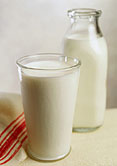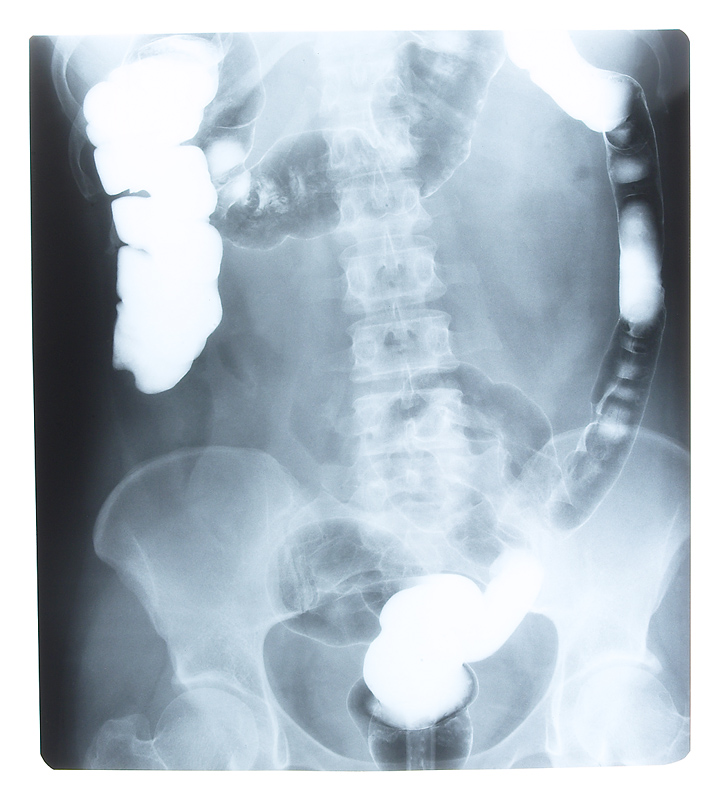
MONDAY, Dec. 16, 2013 (HealthDay News) — In a new position statement, U.S. pediatricians say raw milk and cheeses are simply too risky for infants, children and pregnant women.
The statement by the American Academy of Pediatrics, published online Dec. 16 in the journal Pediatrics, urges parents not to let their kids drink unpasteurized milk or eat cheese made from it.
The doctors also called for a ban on the sale of all raw-milk products in the United States.
According to the U.S. Centers for Disease Control and Prevention, 148 outbreaks due to consumption of raw milk or raw-milk products were reported to the agency between 1998 and 2011.
Raw milk is milk that hasn’t been pasteurized, or briefly heated to at least 161 degrees Fahrenheit to kill harmful germs. Before milk began being widely pasteurized in the United States in the 1920s, it routinely made people sick.
Raw milk can harbor bacteria that cause tuberculosis and diphtheria, as well as the germs that cause nasty bouts of stomach trouble such as Listeria and E. coli, according to the U.S. Food and Drug Administration.
Children are more susceptible to these illnesses than adults, and they tend to get the worst of the complications, such as sudden and sometimes life-threatening kidney failure. Illnesses tied to raw milk also can cause miscarriages in pregnant women.
“Pasteurization is one of the major public-health advances of the century. It’s a shame not to take advantage of that,” said Dr. Mary Glode, a professor of pediatric infectious disease at Children’s Hospital Colorado, in Aurora.
Yet as more people embrace locally produced foods, raw-milk products have experienced a surge in popularity.
Fans say it tastes better and that it might protect kids from developing allergies and asthma, although there’s little research to back up those claims.
It also costs a pretty penny. With consumers willing to fork over $7 to $14 a gallon, dairies are pushing state legislatures to ease restrictions on the sale of raw milk as a way to save cash-strapped family farms.
One raw-milk advocate said the danger of related illness is overstated.
“We’ve been tracking these numbers for quite some time. There are an average of 50 reported illnesses each year from raw milk, with 10 million drinkers of raw milk, so the percentage of illnesses is extremely low,” said Sally Fallon Morell, president of the Weston A. Price Foundation, a nonprofit nutrition education group that supports the sale of raw milk.
“We think it’s a mountain out of a molehill,” she said.
Those numbers clash with data gathered by the CDC, however. In the period from 1998 to 2011, the reported outbreaks resulted in nearly 2,400 illnesses, 284 hospitalizations and two deaths. That’s an average of roughly 200 people sickened each year by raw dairy products.
And those were just cases linked to the outbreaks. Health officials declare an outbreak when at least two people get sick from the same food. Outbreaks don’t count so-called sporadic cases, when individuals experience food poisoning but it’s not linked to any other cases.
Last week, researchers in Minnesota estimated the number of sporadic cases of food poisoning in their state linked to raw dairy products and found they probably dwarf those tied to outbreaks.
In a study published Dec. 11 in the journal Emerging Infectious Diseases, researchers found that, over a decade, 21 people got food poisoning in five outbreaks linked to raw dairy products.
But 530 additional individual cases were reported to the state, said study author Trisha Robinson, an epidemiologist with the Minnesota Department of Health. Those were cases of lab-confirmed food poisoning caused by Campylobacter, Cryptosporidium, E. coli or Salmonella bacteria in which people had also reported consuming raw milk.
“There are a lot more people who are consuming raw milk who aren’t part of an outbreak and they’re getting sick too,” Robinson said. “Outbreaks are really just the tip of the iceberg.”
Given that many cases of foodborne illness are never caught or reported, Robinson estimated about 17 percent of people who drank raw milk over the 10 years of the study got sick from it.
The study found that 63 percent of those cases were in children younger than 10 years. An 11-month-old infant died from complications of an E. coli infection, while another child drinking raw milk was sickened by E. coli and then by salmonella a year later.
“Over three-quarters of children 5 years of age or younger were being served raw milk from their own farm or a relative’s farm,” Robinson said.
“Even at your own farm where you know the cows — where people know the farm and maybe are taking really good care of those animals — children can still get sick,” she said.
Robinson said people should think long and hard before giving raw dairy products to their kids.
Glode agreed.
“There’s no evidence to support that raw milk is healthier, and there’s a lot of evidence to support that it’s easy for it to become contaminated, with no one intending to do it,” she said. “We need to protect young children as much as possible.”
More information
To learn more about the risks of raw milk, visit the U.S. Centers for Disease Control and Prevention.
Copyright © 2024 HealthDay. All rights reserved.

